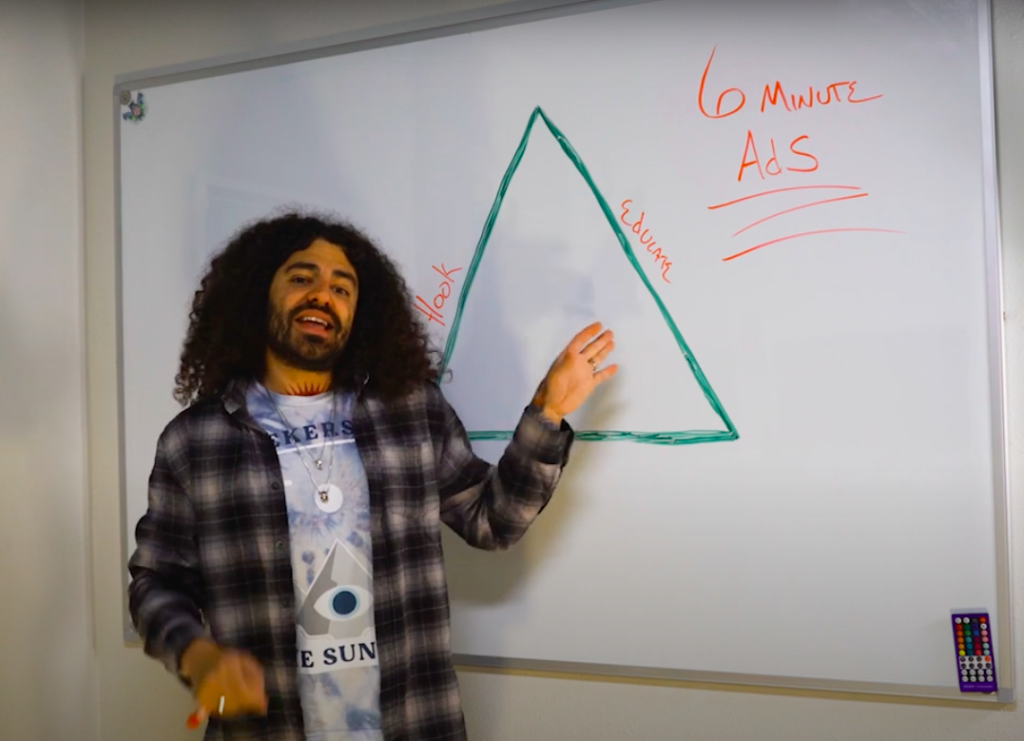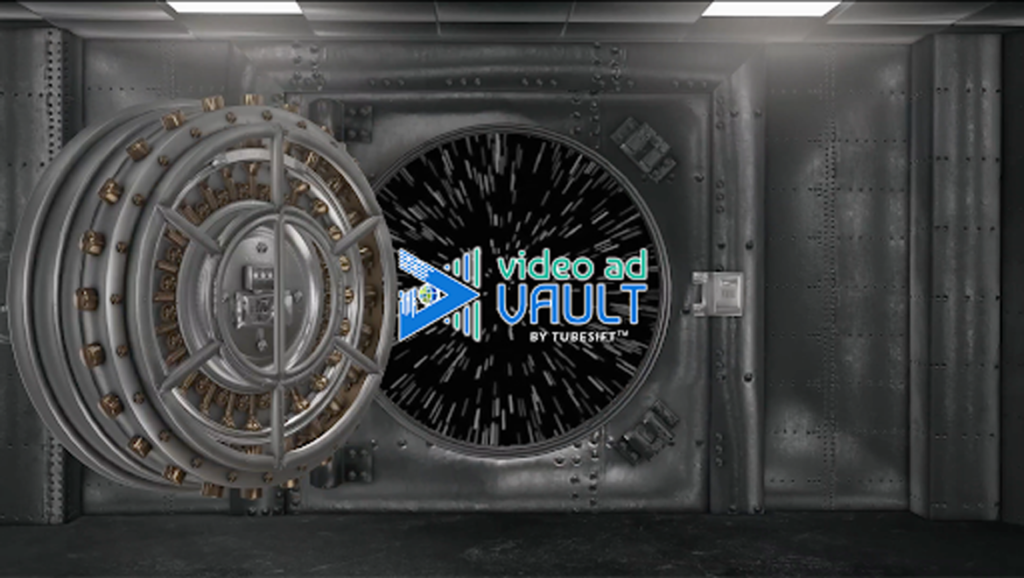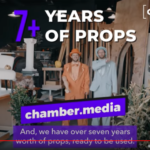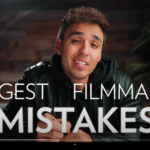
Video Transcript
The three essential elements of an ad
Justin Sardi: Here at TubeSift, we have analyzed thousands and thousands of YouTube ads and figured out exactly what works. We’ve essentially taken everything that we’ve learned from running our own ads and using Video Ad Vault to analyze what types of ads are working, and we’ve boiled it down into what I like to call the six minute ads framework. There were three specific parts to this framework, which is why I have a triangle sitting behind me.
Today on this post, I’m going to show you exactly what those three parts are, so that you can make sure you have every single one of those in your YouTube ads so that your campaigns are as successful as possible. Let’s go ahead and dive right in. All right. Like I said, we’re going to be breaking down my six minute ads framework, and this framework comes from a ton of personal experience. We’ve ran like $5 million in YouTube ad campaigns for myself, my business, and my clients. And then we have also analyzed using Video Ad Vault, which is essentially a Facebook ad library, but for YouTube.

The Hook & the Educational Body
We use Video Ad Vault to analyze all the top performing ads on YouTube, and we’ve essentially distilled all of that down into a simple three part framework. Now, every single successful ad on YouTube has these three components, and I’m going to be breaking those down today. Now, number one is going to be the hook, right? The hook is one of the most important parts. We actually use this… When we’re testing our ads, we actually swap out different hooks to make sure that we’re covering all the different angles.
Most of the time, and we’ve actually seen this through Video Ad Vault analysis as well, most of the time, the second part of the ad, which is the educate or the body, right? Educate, that’s essentially the body of your ad. That part usually stays consistent and the hooks are swapped out. Because if you think about a YouTube ad, you have five seconds to capture your viewer’s attention before they are allowed to skip. Now, if somebody is not interested in your ad, they’re going to skip, which is a good thing because you actually don’t pay if somebody skips. But the hook is one of the most important parts of your YouTube ad.
There are a bunch of different types of hooks that you can use. You can use curiosity hooks. For example, if I am running an ad about TubeSift, for example, where I can essentially tell people, “Hey, you can use TubeSift to put your ad in front of other people’s videos so that you’re only going to get targeted traffic. Because if somebody’s watching a video about say how to leash train a dog and you sell a product on leash training dogs, well, of course, those people are going to be interested, right?”
In that case, my hook might be, I want to show you how you can ethically hijack people’s traffic from any YouTube video, or how can you legally steal traffic from your competitor’s videos on YouTube? And also, YouTube wants you to do this, right? Or I might say, “Hey, did you know when you’re watching a type of ad like this, you only pay when somebody actually watches your video?” Things like that. They incite curiosity, and it makes people want to say, “Hey, well, no, I didn’t know that. I’m going to listen more.”
And also, at the same time, I’m mentioning YouTube ads, paid traffic, things like that, things that people are going to be interested in that… Like buzzwords, right? That people are going to know when they are running traffic so I know those are my ideal audiences, right? Those type of people, I’m basically pre-qualifying them. Another hook that we had that worked really well, we’re giving away our TubeSift bookmark, right? In doing that, I was actually targeting ClickFunnels users, and I was saying something like, “The first step to funnel hacking is finding an ad that’s working.”
Now, by doing that, I know that all the ClickFunnels people are interested in funnel hacking. It’s like one of the buzzword, right? I’m pre-qualifying them, hooking them, and then getting them into the actual meat and potatoes or the education part of the ad. Now, the education part, it consists of a number of things. Number one is letting them know what you have to offer. Now, if you can provide value through the education part.
Maybe I might say something like on YouTube ads, if I’m going back to the TubeSift example where I’m saying, “Hey, you can ethically hijack traffic from any of your competitors’ videos,” right? Then I would educate them on how that works. Well, YouTube actually has a targeting option called placement targeting. Now, what that means is you can go find relevant videos that you know your audience is going to be watching. You can select those videos and tell Google, “Hey, I want my ads to be shown to this specific people that watch these videos right before they watch them.”

Call To Action
I’m educating them a little bit, providing a little bit of value there, sharing with them, maybe being like, “Hey, and also, if somebody skips the ad, you don’t even pay.” It’s a little bit of education there and explaining why this is relevant to them. And then comes the call to action, right? The CTA. Now, we like to throw multiple calls to action in there. I usually throw one in the first 30 or so seconds if possible. I’ll break down a couple more examples in a second here, but the CTAs are call to action.
We’re going to break down exactly what we’re offering, tell them what to do to get to the next step, and tell them how to get there. I might have the hook. “Hey, I want to show you how you can ethically hijack anybody’s traffic on YouTube.” Jump over to the educate portion where we might say something like, “YouTube actually has placement targeting,” blah, blah, blah. And then in the education part, if I can throw in some testimonials and proof, that works extremely well also. So like, “Hey, so and so implemented this strategy and they were able to get X amount return on ad spend,” or whatever, right?
Today, I want to show you exactly how to do that on a free training. All you have to do to join the free training is click the link on this video now, and you’ll be taken to a landing page that looks just like this where you can watch the free training. Those are essentially the three parts. I could pretty much wrap the video up there, but remember that you’re paying after 30 seconds. If you have that extra time, you may as well take it up. So then I might jump into the education part a little bit more, right? Show some case studies. Be like, “Hey, here are some additional examples.”
Let’s say you’re in the real estate niche. Well, you can target videos like this, right? Explaining that a little bit more. And then I’ll drop another call to action. Now, something that we like to do is test a bunch of different hooks. Usually the educate and the call to action part are the same in all of our videos because I’m offering the same thing, but what I’m testing is the hook. I might try a few different angle. The hook’s going to depend on who you’re targeting as well. There’s a ton of different targeting options for YouTube ads like.

Have multiple hooks and CTAs
For example, if I am retargeting an audience that I have, I might say something like… I might hook them being like, “Hey, you’ve been to my website,” or like, “Hey, it’s me again, right? I know you were interested in learning how to create ads that convert on YouTube because you watch this kind of thing. Or you were on this previous page, but you didn’t take me up on my offer.” That’s that kind of hook there, and that hook’s going to depend on who you’re targeting, right? That is essentially the six minute ads framework. There are three specific components that you have to have.
I would definitely recommend… The hook, you usually only have about one hook, but the call to action and the educate, you can have multiple portions. I might go like hook, educate, call to action, educate, call to action, or something along those lines. You can actually add additional ones. You don’t have to be stuck with just one of them, one of each of them. But if you can provide value in the education part, that’s great. Like I said, there’s tons of different hooks you can use. Some of the ones that we use are curiosity based. Some are proof based.
I might start off by saying, “I’m going to show you how so was able to turn $1 into $4 to $8 using my simple six minute ads framework,” or something like that, right? Showing proof right off the bat, showing a product in action, something along those lines, will work extremely well for those hooks. There’s tons and tons of different ways you could hook people. I recommend trying out the hook. Like this part of the ad, the education, call to action, education, call to action, that part usually stays the same and I will usually create like three or so different hooks.
And then you can essentially take that hook and bolt it on to the rest of your ad. You can have three specific video ads that you can test. Because for the most part, the hook is what’s really going to speak to the right audience, get them hooked, get them listening, and ultimately preframe them to convert for your offer. That is the six minute ads framework. Now, if you want to check out more examples of what’s working on YouTube, definitely check out Video Ad Vault. It is essentially a Facebook ad library, but for YouTube. You can search by different keywords that the ad has been titled.

Find your competitor’s ads with Video Ad Vault
You can search by domain that the ad is running to. If your competitor has, I don’t know, ClickFunnels.com, for example, you can see all the ads running to ClickFunnels.com. You can use different keywords, what channel it’s coming from, advertiser’s name, all that good stuff. We have a full blown database, and there’s going to be a link somewhere either below this video or on the PDF you received if you got these six minute ads framework. Like I said, we do have a six minute ads framework. I’ll give you this whole worksheet. If you don’t have that already, we’ll have that below this as well.
But definitely check out Video Ad Vault. It will help you see what other people in your niche are using for hooks. You’ll be able to see which ones are getting the most views, which ones are getting the least amount of views, and you’ll be able to figure out which types of hooks, calls to action, and even the education portion are working in your niche. We actually used Video Ad Vault to… We had this framework, but looking through Video Ad Vault, looking through what ads are actually working, we found that all of them have these three specific things in common.
This is what you have to have in your video ad to make it convert. That is it for me on this one. Thanks so much for watching. Bye for now.
 Membership TodaySign Up Now
Membership TodaySign Up NowResources
- Here is the Complete Training that shows you exactly how to dial in your entire YouTube ad system for maximum profits
- Who Is Running Better YouTube Ads Than You?
- YouTube Ads for Online Course Creators
- How to Find Converting YouTube Ads in your Niche
- Video Ad Scripting for Growth: Create an Effective Hook



Comments are closed.